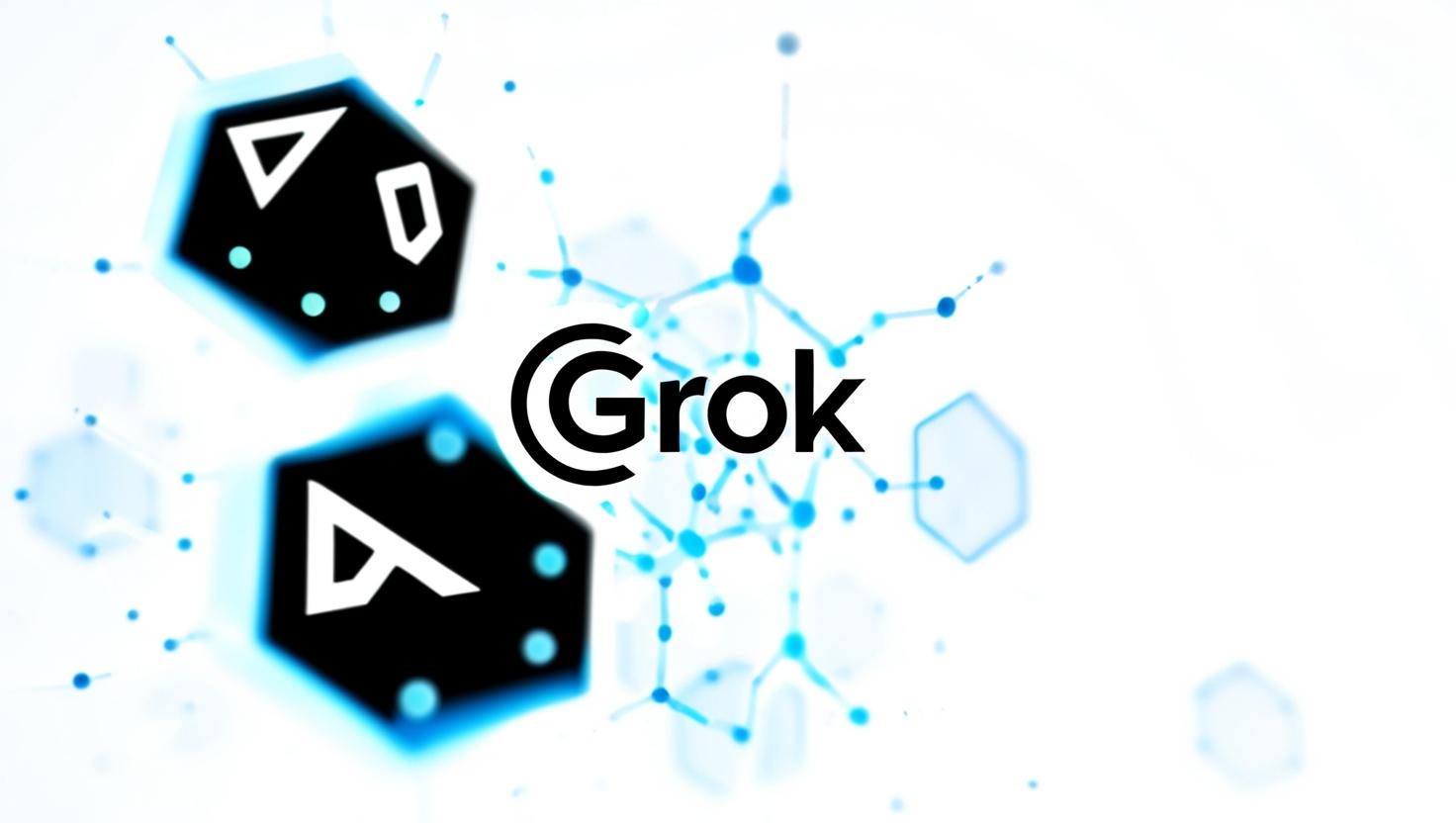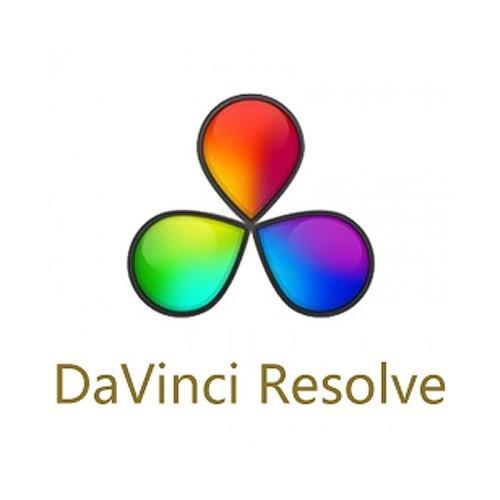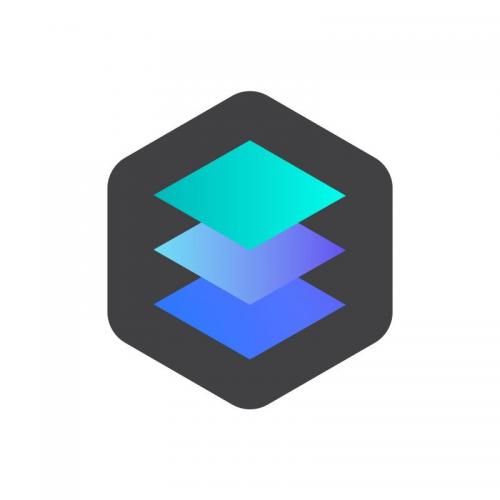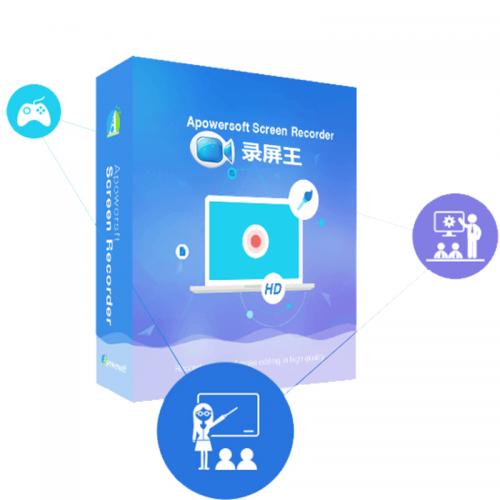Grok-3:AI新突破,提升交互体验
 发布于2025-05-02 阅读(0)
发布于2025-05-02 阅读(0)
扫一扫,手机访问

Grok-3 marks a significant leap forward in the realm of large language models (LLMs), showcasing the latest trends and technologies in artificial intelligence. This model aims to enhance user interaction and understanding through improved contextualization and responsiveness. As AI continues to evolve, Grok-3 stands out by leveraging complex algorithms to make machine communication more intuitive and human-like. These advancements have far-reaching implications across various industries, from education to customer service, transforming how we interact with technology. This blog post delves into the features, capabilities, and potential applications of Grok-3, offering insights into its significance in the current AI landscape.
Understanding Grok-3
Grok-3 builds upon its predecessors but introduces significant enhancements that set it apart. Its architecture allows for deeper contextual understanding, enabling it to generate responses that are not only accurate but also contextually relevant. The model can process and analyze vast amounts of data, which aids in producing coherent and meaningful outputs. As users interact with Grok-3, they experience smoother interactions, which can significantly boost user satisfaction. The ability to understand linguistic nuances is a hallmark of Grok-3.
- Enhanced contextual understanding
- Improved response coherence
- Ability to handle large volumes of data
- Friendly interaction model
- Subtle language comprehension
Key Features
The features of Grok-3 contribute significantly to its functionality and appeal. One of its standout traits is the ability to generate human-like text, making conversations seamless and engaging. Additionally, Grok-3 incorporates advanced training techniques, allowing it to learn from diverse datasets, thereby expanding its knowledge base. This broad training enables the model to adapt to various topics and styles, ensuring it can effectively meet the needs of different users. Moreover, Grok-3 is designed to be more efficient, reducing response times and enhancing the overall user experience.
- Human-like text generation
- Advanced training techniques
- Diverse knowledge base
- Adaptability to various topics
- Reduced response times
Applications of Grok-3
The potential applications of Grok-3 are wide-ranging and diverse, reflecting the model's versatility. Its ability to understand and generate language makes it suitable for various industries, including education, healthcare, and customer support. In educational settings, Grok-3 can assist students in providing personalized learning experiences, offering tailored feedback and resources. In healthcare, it can facilitate communication between patients and providers, enhancing the patient experience. Furthermore, customer support teams can leverage Grok-3 to respond to inquiries quickly and efficiently, improving service quality.
- Personalized learning experiences in education
- Improved communication in healthcare
- Enhanced customer support services
- Simplified information retrieval
- Increased accessibility for different user groups
Impact on the Future of AI
Looking ahead, Grok-3 is poised to significantly influence the trajectory of AI development. Its advancements in language processing and user interaction reflect the direction AI is heading—making technology more approachable and accessible. By continuously improving its contextual awareness and responsiveness, Grok-3 sets new standards for what users expect from AI interactions. This evolution not only enhances user experiences but also paves the way for innovative applications of AI. The impact of Grok-3 may shape the next generation of AI technologies.
- Setting new standards for AI interactions
- Enhancing user experiences
- Paving the way for innovation
- Shaping future AI technologies
- Promoting technological accessibility
Challenges and Considerations
Despite its impressive capabilities, Grok-3 faces challenges and considerations. A significant concern is the ethical impact of AI-generated content, particularly regarding misinformation and bias. As the model learns from various datasets, there is a risk of perpetuating existing biases within the data. Additionally, ensuring user privacy during interactions with AI systems remains a critical issue that must be addressed. Furthermore, the rapid evolution of AI technology necessitates ongoing scrutiny and regulation to prevent potential misuse. Balancing innovation with ethical considerations is crucial for the future of AI applications.
- Ethical impact of AI-generated content
- Risk of misinformation and bias
- User privacy concerns
- Necessity for ongoing scrutiny and regulation
- Balancing innovation with ethical considerations
In conclusion, Grok-3 represents a significant advancement in the field of artificial intelligence, showcasing the potential for more intuitive and human-like interactions between technology and users. Its features and capabilities offer numerous applications across various domains while highlighting the importance of ethical considerations in AI development. As we embrace these advancements, it is crucial to remain vigilant about their implications to ensure that the future of AI is both innovative and responsible.
产品推荐
-

售后无忧
立即购买>- DAEMON Tools Lite 10【序列号终身授权 + 中文版 + Win】
-
¥150.00
office旗舰店
-

售后无忧
立即购买>- DAEMON Tools Ultra 5【序列号终身授权 + 中文版 + Win】
-
¥198.00
office旗舰店
-

售后无忧
立即购买>- DAEMON Tools Pro 8【序列号终身授权 + 中文版 + Win】
-
¥189.00
office旗舰店
-

售后无忧
立即购买>- CorelDRAW X8 简体中文【标准版 + Win】
-
¥1788.00
office旗舰店
-
 正版软件
正版软件
- 数字货币合约怎么玩
- 数字货币合约,一种金融衍生品,允许交易员通过杠杆对数字货币价格投机。玩法指南如下:1.选择平台2.开通账户3.充值资金4.选择合约5.选择仓位6.设定杠杆7.输入订单8.管理风险
- 8分钟前 0
-
 正版软件
正版软件
- 铭凡R3GAF外置显卡展示:搭载AMD RX 7600M XT,63Gbps高速传输
- 2024年6月8日消息,铭凡(MINISFORUM)带来了一款颇具创新性的产品——R3GAF显卡扩展坞。这款产品内置了AMDRadeonRX7600MXTGPU,并可通过OCuLink线缆与笔记本电脑、台式电脑、手持设备或迷你PC进行高效连接,支持高达63Gbps的数据传输速度,为外接显示和图形处理提供了强大的性能支持。R3GAF显卡扩展坞的设计十分先进,它配备了8GBGDDR6显存,搭载了笔记本电脑级别的AMDGPU,最高拥有120WTGP的功耗性能。这一强劲配备使其能够通过OCuLink线缆,与各种支
- 29分钟前 0
-
 正版软件
正版软件
- 以太坊现货ETF若下周通过,哪些ETH生态币值得提前埋伏
- 本站(120btC.coM):美国证券交易委员会(SEC)5月批准了8档以太坊现货ETF的19b-4交易所规则变更文件后,各大发行人也陆续提交S-1注册申请文件的更新版,一旦SEC批准,以太坊现货ETF就将开放上市交易。对于最新进度,TheETFStore总裁NateGeraci今(8)日表示,经修订的S-1申请提交已于8日截止,目前还不清楚SEC多快进行处理,但他看好以太坊现货ETF可望在下周或两周内推出。彭博分析师JamesSeyffart此前也预计,以太坊现货ETF可能会在本周晚些时候、或7月15日
- 44分钟前 以太坊价格 以太坊养猫 以太坊钱包 以太坊经典 以太坊官网 0
-
 正版软件
正版软件
- 狗狗币怎样在火币购买
- 如何在火币购买狗狗币?注册火币账户,完成身份验证。充值USDT,选择合适的充值方式。进入交易页面,搜索“DOGE”或选择“狗狗币/USDT”交易对,输入购买金额或数量,点击“买入”按钮。如何在火币购买狗狗币第一步:注册火币账户访问火币全球官网:https://www.huobi.com/点击“注册”按钮,填写相关信息创建账户第二步:验证身份完成实名认证和二级密码设置以提高账户安全第三步:充值USDT登录火币账户后,进入“资产”页面选择“充值”并选择USDT作为充值币种根据页面提示,选择合适的充值方式充值U
- 59分钟前 0
-
 正版软件
正版软件
- 一文了解当前主流Layer2项目
- 翻译:白话区块链区块链技术持续发展,以太坊在2024年1月实现了创纪录的每日200万次交易。然而,比特币和以太坊等第一层(L1)链之间的可扩展性问题仍然限制了其广泛采用。于是,第二层(L2)解决方案应运而生:一系列旨在加速交易并降低成本的技术,同时不损害领先的L1网络的安全性和去中心化特性。根据L2Beat的数据,L2扩展解决方案已经改变了以太坊,处理的交易量是以太坊本身的11-12倍。来源:L2beat.com本文探讨了L2生态系统,包括其关键创新、挑战和未来发展方向。1、L2的起源随着越来越多的用户在
- 1小时前 06:54 0
最新发布
-
 1
1
- 阿里追捧的中台,“热度”退了?
- 1970天前
-
 2
2
- Overture设置踏板标记的方法
- 1807天前
-
 3
3
- 思杰马克丁取得CleanMyMac中国区独家发行授权
- 1797天前
-
 4
4
- IBM:20万台Mac让公司职工在工作中更快乐 更多产
- 1995天前
-
 5
5
- 报道称微软一直在悄然游说反对“维修权”立法!
- 1961天前
-
 6
6
- 美国怀疑华为窃取商业机密 华为:身正不怕影子斜
- 1957天前
-
 7
7
- 三星被曝正与联发科接洽 A系列手机有望搭载其5G芯片
- 1972天前
-
 8
8
- 环球墨非完成千万级融资 联合企业集团投资
- 1993天前
-
 9
9
相关推荐
热门关注
-

- Xshell 6 简体中文
- ¥899.00-¥1149.00
-

- DaVinci Resolve Studio 16 简体中文
- ¥2550.00-¥2550.00
-

- Camtasia 2019 简体中文
- ¥689.00-¥689.00
-

- Luminar 3 简体中文
- ¥288.00-¥288.00
-

- Apowersoft 录屏王 简体中文
- ¥129.00-¥339.00